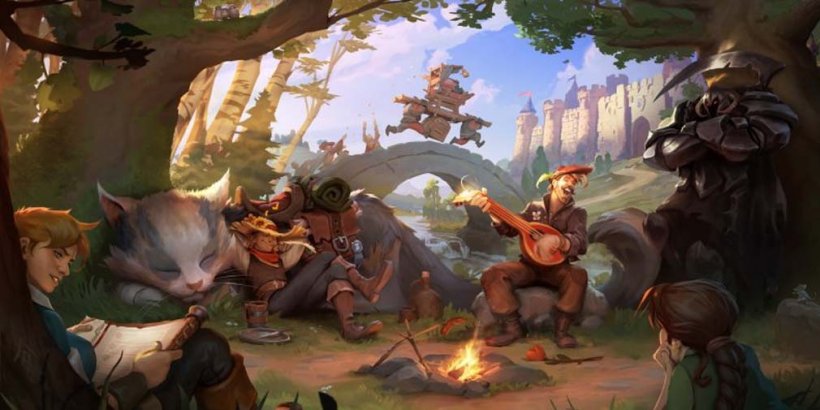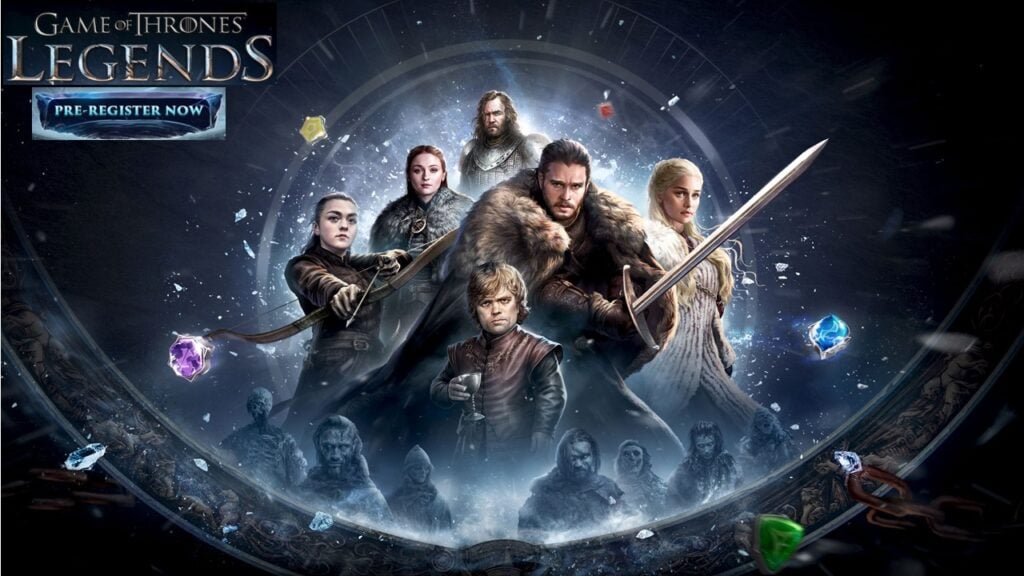Disney's Cinderella: 75 Years of Magic
- By Aaron
- Mar 12,2025
In 1947, The Walt Disney Company faced a dire financial situation, approximately $4 million in debt, following the underwhelming performance of *Pinocchio*, *Fantasia*, and *Bambi*. World War II and other factors significantly impacted the studio's financial success. However, the release of *Cinderella* proved to be a turning point, rescuing the company from potential ruin and securing its legacy.
As *Cinderella* celebrates its 75th anniversary, we explore the film's enduring impact. Its rags-to-riches narrative surprisingly mirrors Walt Disney's own journey, offering hope not only to the studio but also to a post-war world yearning for optimism.
The Right Film at the Right TimeDisney's 1937 triumph, *Snow White and the Seven Dwarfs*, enabled the construction of the Burbank studio and fueled ambitious future projects. However, subsequent films like *Pinocchio* (with a budget exceeding $2.6 million), despite critical acclaim, incurred significant losses. *Fantasia* and *Bambi* further exacerbated the financial strain. Germany's invasion of Poland in 1939 and the ensuing World War II played a crucial role, severely impacting European markets and hindering film distribution.
“Disney's European markets dried up during the war, impacting releases like *Pinocchio* and *Bambi*,” explains Eric Goldberg, co-director of *Pocahontas* and lead animator on *Aladdin’s* Genie. “The studio was subsequently involved in producing training and propaganda films for the military. Throughout the 1940s, they focused on 'Package Films'—collections of shorter cartoons compiled into feature-length releases. While these were successful, they lacked the narrative depth of traditional feature animation.”
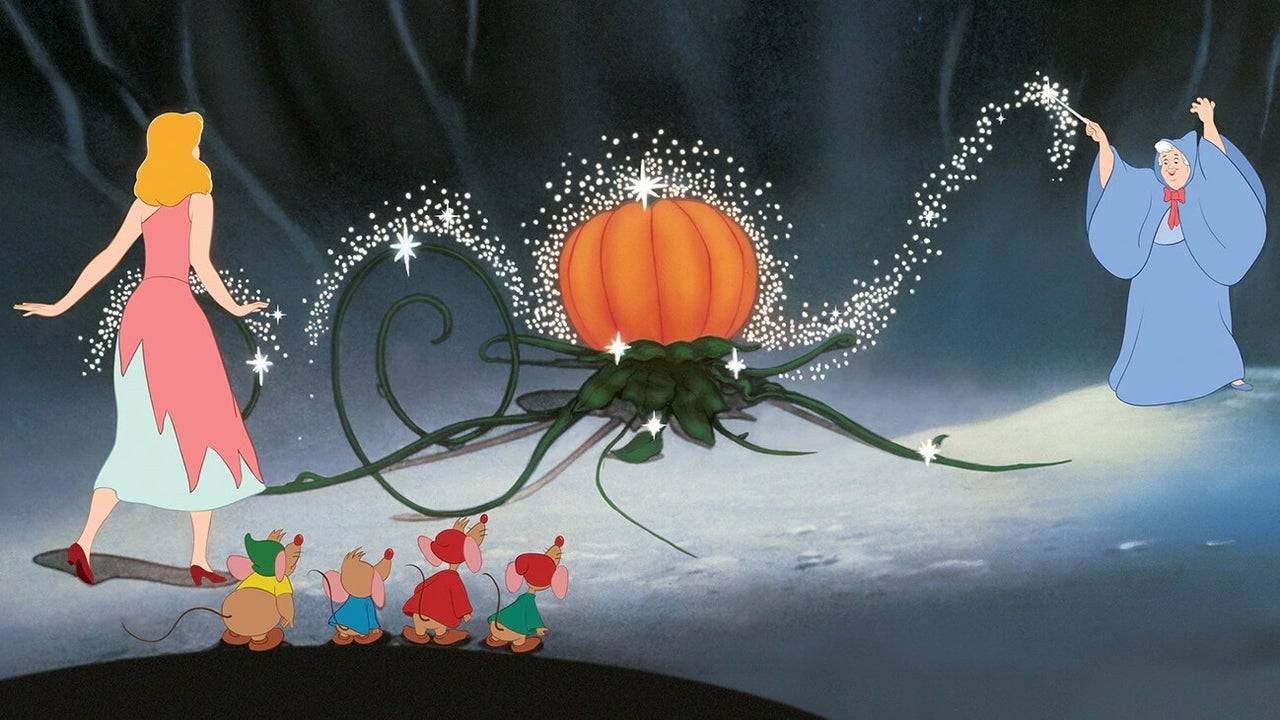
These Package Films, including *Saludos Amigos* and *The Three Caballeros* (part of the Good Neighbor Policy), helped stabilize finances, but hindered the creation of full-length animated stories. Walt Disney expressed his desire to return to feature animation, stating in 1956 (via *The Animated Man: A Life of Walt Disney* by Michael Barrier), “It was a matter of investment and time… we’re going to either go forward, or… liquidate or sell out.”
Facing the potential sale of his shares, Walt and his brother Roy opted for a high-stakes gamble, investing heavily in *Cinderella*, the studio's first major animated feature since *Bambi*. Failure could have meant the end of Disney's animation studio.
“Walt was adept at reflecting the times,” says Tori Cranner, Art Collections Manager at the Walt Disney Animation Research Library. “He recognized America's post-war need for hope and joy. *Cinderella*, unlike the somber *Pinocchio*, offered precisely that. It was the right film for the moment.”
Cinderella and Disney’s Rags to Riches Tale
Walt's connection to *Cinderella* dates back to 1922, with a short film produced during his Laugh-O-Gram Studios era. The story, adapted from Charles Perrault's 1697 version, resonated with Walt's own experiences. While Laugh-O-Gram ultimately failed, the Cinderella story highlighted themes of dreams and perseverance.
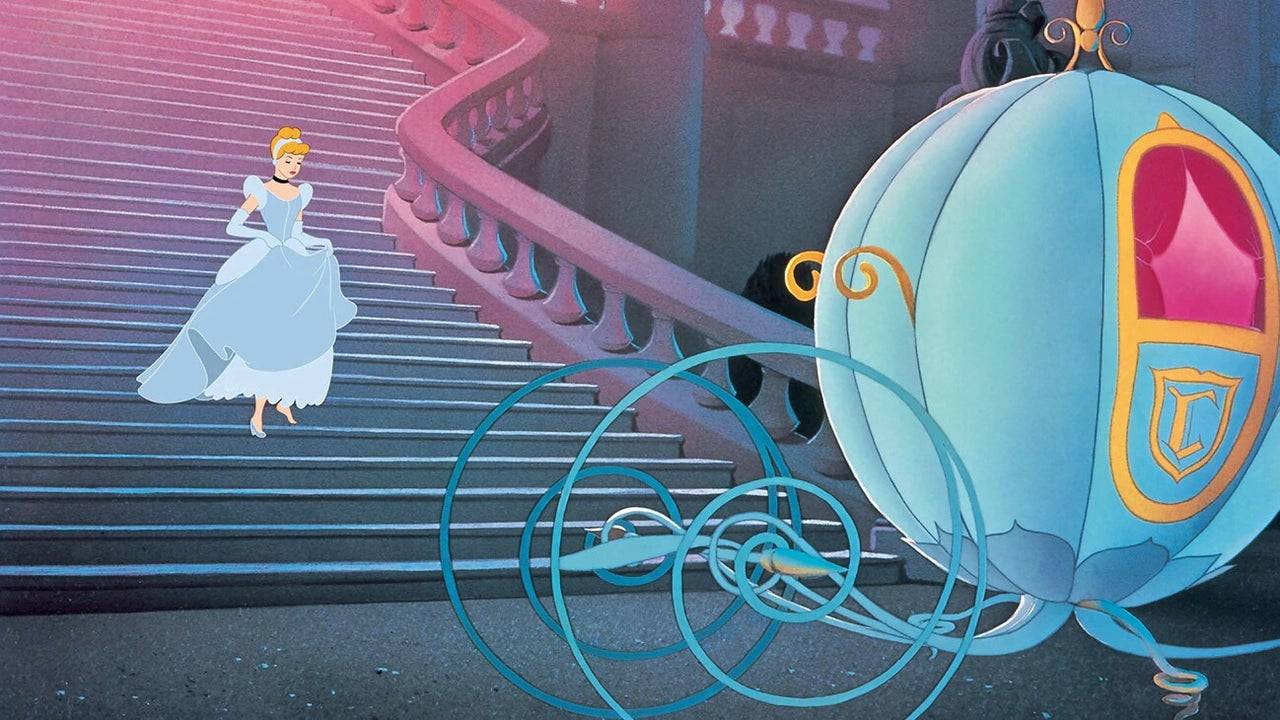
“Snow White was passive; Cinderella was proactive,” Walt Disney explained. “She believed in dreams, but also in acting on them.” Cinderella’s strength and resilience mirrored Walt’s own journey of overcoming obstacles to achieve his dreams.
Initially conceived as a Silly Symphony short in 1933, the project's scope expanded, leading to its development as a feature film in 1938. The war and other factors delayed its release until 1950, allowing for refinement and evolution.
Disney's success lay in his ability to adapt classic fairytales, imbuing them with his unique style and universal appeal. Goldberg notes, “Disney modernized these tales, making them palatable for all audiences. He added elements like Cinderella's animal companions, providing comic relief and emotional depth.”
The Fairy Godmother's portrayal, a more relatable and bumbling character than in previous iterations, contributed to the film's charm. The iconic transformation scene, with its meticulous hand-drawn sparkles, remains a highlight, showcasing the artistry of Marc Davis and George Rowley.
Thanks so much for all your questions about Cinderella! Before we sign off, enjoy this pencil test footage of original animation drawings of the transformation scene, animated by Marc Davis and George Rowley. Thanks for joining us! #AskDisneyAnimation pic.twitter.com/2LquCBHX6F
— Disney Animation (@DisneyAnimation) February 15, 2020
“Every sparkle was hand-drawn and painted,” marvels Cranner. “The moment of suspended magic before the transformation is breathtaking.” The broken glass slipper, a Disney addition, underscores Cinderella's agency and strength.
“Cinderella isn't a passive protagonist,” Goldberg emphasizes. “Her resourcefulness in presenting the other slipper showcases her strength and control.” This empowered portrayal resonated with audiences, contributing to the film's success.
*Cinderella*'s premiere in Boston on February 15, 1950, followed by its wide release on March 4, marked a triumphant return for Disney. Its box office success, exceeding $7 million against a $2.2 million budget, revitalized the studio and paved the way for future classics.
“Critics hailed *Cinderella*'s success, signaling Disney's return to form,” Goldberg explains. “The studio rediscovered its mojo, leading to a string of iconic films, all thanks to *Cinderella*.”
75 Years Later, Cinderella’s Magic Lives On
*Cinderella*'s influence continues to resonate within Disney. Her castle serves as an iconic symbol, and her legacy is evident in modern films like *Frozen*, particularly Elsa's dress transformation scene.

Becky Bresee, lead animator on *Frozen 2* and *Wish*, notes the deliberate connection to *Cinderella*'s transformation, stating, “Cinderella’s legacy is seen in the sparkles and effects surrounding Elsa’s dress.”
While many individuals contributed to *Cinderella*'s success, including the Nine Old Men and Mary Blair, the film's enduring message of hope remains central to its legacy. As Goldberg concludes, “*Cinderella* offers hope—that perseverance and strength lead to the realization of dreams.”
Latest News
more >-
-

- Ragnarok X: Next Gen Weapon Crafting Tips
- 05/17,2025
-
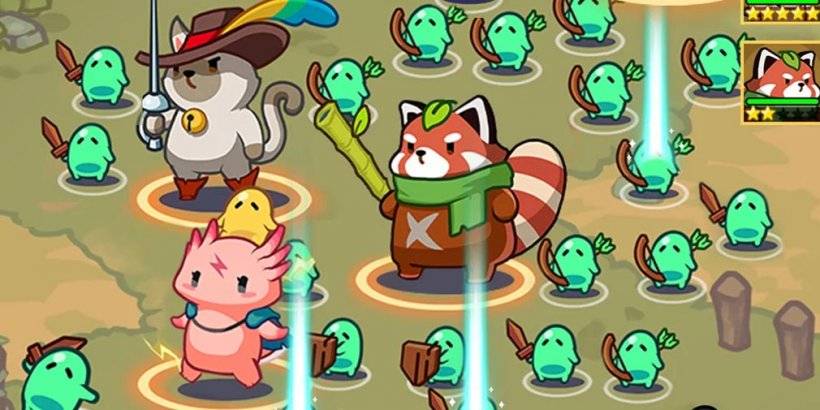
-

-

